When the 2025-26 Premier League season kicks off this weekend, you might notice something different about the action inside the penalty box during corners and free-kicks — and not just because your team has a new set-piece routine. Referees have been given a clear directive by the Professional Game Match Officials (PGMO): clamp down on players grabbing, holding, and impeding opponents in the penalty area.
The move, which comes after feedback from players themselves, is expected to result in more penalties being awarded for holding offences during set-pieces. It’s a change that could alter not just the outcomes of individual matches, but also the tactical balance of the league.
The New Directive: Less Wrestling, More Football
Howard Webb, the Premier League’s chief refereeing officer, explained the thinking behind the shift in an interview with The Guardian. According to Webb, the PGMO received feedback indicating that too many clear instances of defenders pulling attackers back or obstructing their movement were going unpunished.
“The feedback that we had (from players themselves) was that there’s just a few too many examples of players clearly pulling people back impacting their ability to move to the ball,” Webb said. “Some clear extreme actions are not being penalised. They’re the ones I expect us to catch. Therefore I would expect this time next year for there to have been a few more penalties given for holding offences than what we’ve seen this year.”
That statement alone will make both defenders and goalkeepers sit up. In a league where set-pieces can decide titles, tightening the rules could be a game-changer.
Webb was quick to assure fans that the change wouldn’t result in an avalanche of spot-kicks: “But it won’t be a huge swing of the pendulum.”
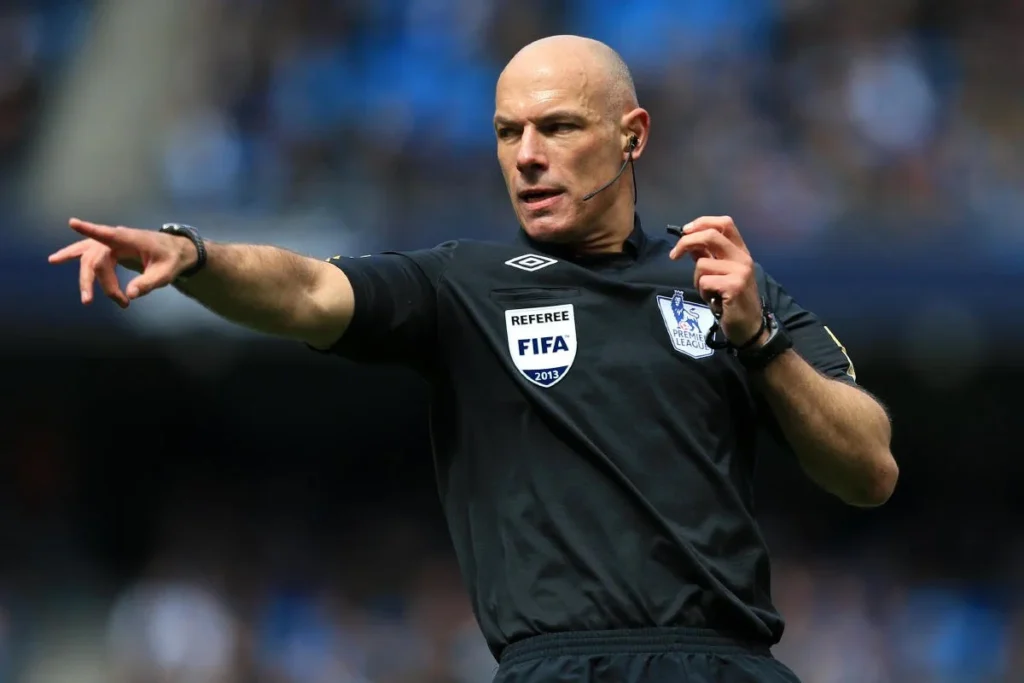
Howard-Webb-the-Premier-League’s-chief-refereeing-officer-explained-the-thinking-behind-the-shift-in-an-interview-with-The-Guardian
How Will Referees Decide?
The PGMO isn’t simply telling referees to blow the whistle for every bit of contact in the box. Instead, officials will judge holding offences based on specific criteria:
-
Duration – How long the holding lasts.
-
Impact – Whether it significantly affects the player’s ability to move toward the ball.
-
Nature of Effort – Was the holding intentional or part of a desperate attempt to stop movement?
-
Use of Arms – Is the defender using both arms to restrict the attacker?
This nuanced approach is designed to balance the physical nature of football with the need for fairness in scoring situations.
Why This Matters Now
Anyone who has watched Premier League football in recent years will be familiar with the penalty-box wrestling match that happens during corners. Tall centre-backs often wrap arms around strikers, midfields grab at shirts, and goalkeepers enjoy a degree of protection while being shielded by teammates.
But VAR has made these incidents harder to ignore. When slow-motion replays reveal a player’s shirt stretched halfway across the box or an attacker pinned down before the ball arrives, it’s difficult for officials to justify a “play on” decision.
The problem, Webb suggests, is that the threshold for intervention has been too high. By slightly lowering it — focusing on “clear extreme actions” — referees can punish the most blatant infringements without destroying the natural physical contest.
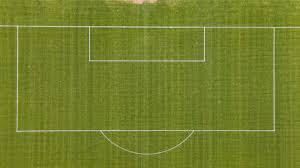
Anyone-who-has-watched-Premier-League-football-in-recent-years-will-be-familiar-with-the-penalty-box-wrestling-match-that-happens-during-corners
The Long-Term Approach
Webb also stressed that this isn’t a short-lived experiment.
“This is not meant to be a six-week campaign, August and September, then we forget all about it,” he said. “If we went in like a steam train and gave every little bit of sort of contact then it would tell you it would be a six-week campaign. Because we would get told very quickly to ease off from what we’re doing. We have to take the game with us and we have to be credible.”
In other words, this is about long-term cultural change. Over time, the hope is that defenders adapt their behaviour, just as they did when VAR began penalising handballs more strictly.
Tactical Implications for Clubs
The crackdown could force a rethink in defensive strategies, particularly for clubs that rely on physical dominance in set-piece situations.
-
Defensive Units: Teams with big, physical centre-backs may have to train on positioning and anticipation rather than relying on shirt-pulling to neutralise threats.
-
Attacking Play: Smaller, more agile attackers could benefit. Quick movement in the box may draw more fouls, leading to valuable penalty opportunities.
-
VAR Interaction: Expect more frequent referrals to VAR when the ball is delivered into the area, as even subtle infringements may now be reviewed with greater scrutiny.
For managers, it’s a balancing act — teaching defenders to play on the edge of legality without crossing it, while encouraging attackers to be smart about drawing attention to fouls without diving.
Potential Winners and Losers
While every club is technically subject to the same rules, some could be more affected than others.
-
Winners:
-
Manchester City and Arsenal, who often dominate possession and win multiple corners per game, could profit from extra penalties.
-
Liverpool, with quick movers like Mohamed Salah and Cody Gakpo, may benefit from defenders being more hesitant to engage physically.
-
-
Losers:
-
Clubs like Burnley or Sheffield United, whose defensive set-piece work relies on close marking and physical strength, could face an adjustment period.
-
Goalkeeper-heavy defensive blocks could also struggle as attackers are given more freedom to move.
-
The Psychology of Penalties
There’s also a psychological dimension. Defenders who know the spotlight is on them may play more cautiously, creating more space for attackers to operate. Attackers, aware of the new directive, might position themselves in ways that force defenders into risky contact.
And then there’s the pressure on referees. While the PGMO’s guidelines are clear, applying them in real time with 50,000 fans shouting in your ear is a different matter. The early weeks of the season will be a learning process for everyone.

Defenders-who-know-the-spotlight-is-on-them-may-play-more-cautiously-creating-more-space-for attackers to operate
A History of Officiating Tweaks
This isn’t the first time Premier League referees have been instructed to focus on a specific aspect of play. Past campaigns have seen crackdowns on dissent, time-wasting, and simulation. Some initiatives have faded quickly under public pressure, while others have permanently changed the way the game is played.
The success of this latest initiative will depend on consistency. If fans perceive that only certain teams or certain matches see these penalties given, the credibility of the policy could be undermined.
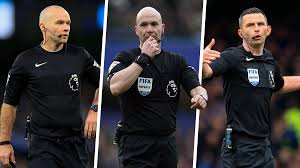
This isn’t the first time Premier-League-referees-have-been-instructed-to-focus-on-a-specific-aspect-of-play
What Fans Should Expect
In the short term, don’t be surprised if penalty numbers tick upward in the opening months of the season. That doesn’t mean referees are being “whistle-happy” — it means players are being held to the new standard.
Over the long term, the aim is to create cleaner attacking opportunities and more goals from open play rather than from set-piece scrambles.

In-the-short-term-don’t-be-surprised-if-penalty-numbers-tick-upward-in-the-opening-months-of-the-season
The Final Word
The Premier League thrives on drama, and few moments in football are as dramatic as a penalty. But drama alone isn’t the goal here. The PGMO’s directive is an attempt to protect attacking play, reward skill over brute force, and make the penalty area a place for football, not wrestling.
Howard Webb’s closing remarks underline the balance they are trying to strike: “We have to take the game with us and we have to be credible. We have to identify those situations that do fall in line with the feedback that we had.”
As the season begins, the real test will be whether players adapt quickly — and whether fans, pundits, and managers can accept that some of the “dark arts” of defending are now firmly off the table.
So when your team concedes a penalty in the 88th minute because your centre-back couldn’t resist a tug on an opponent’s shirt, remember: it’s not a conspiracy. It’s the new reality of the Premier League.
Click here to watch more!




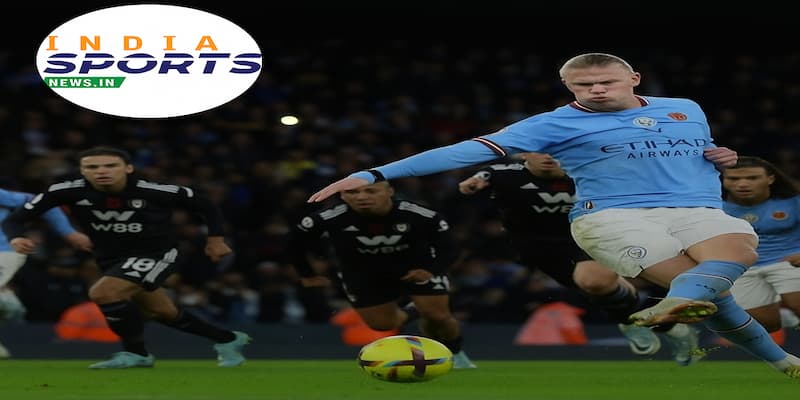


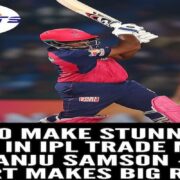







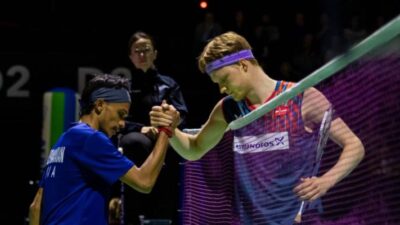



Comments